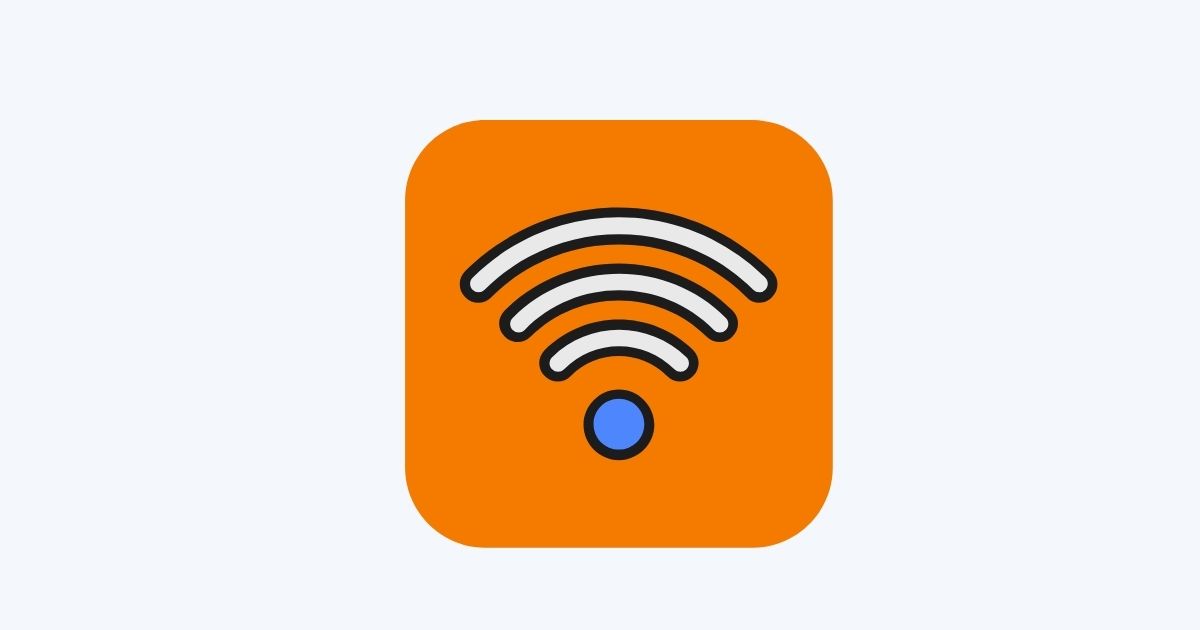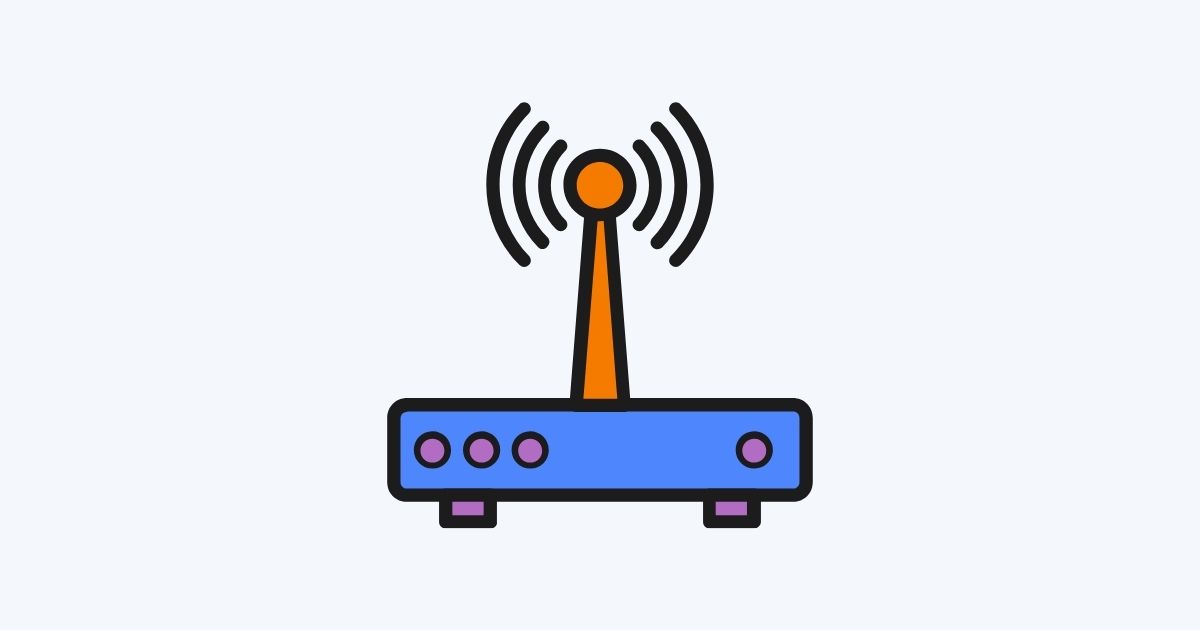Some years back, dial-up connections have been the main source of e-transmission that provides internet service over the same phone line. Although at first, the system seemed ground-breaking, it also comes along with certain limitations including busy lines, slow speeds, etc.
On this note, the search for a better solution led to the development of digital subscriber lines by great minds. With this new invention from Call Center Studio, dedicated high-speed connections have been reached. While still using the existing phone lines, the system provides easy access to the internet for both businesses and homes.
Thus, come take a deep look at this new dial-up modem as this article sheds more light on the following questions:
- Meaning of DSL internet and how it differs from cable.
- What are the advantages of using DSL internet?
- How to set up a DSL modem with no stress?
Quickly!
What is DSL Internet?
To put it straight, DSL Internet is a high-speed communication medium that uses existing copper telephone lines to transfer data among service subscribers. It is a connection method that allows the simultaneous use of phone and internet services for specialized point-to-point network access.
Furthermore, DSL connection acts as a multi-task channel supplied by a central office or local loop network service provider (NSP) to customers’ sites or buildings. Maybe because of these facts or its seamless transmission activities, digital subscriber links/loops have been largely used by businesses in recent days. With it, many individuals in a community can gain access to reliable internet experience without complex installation or new wiring.
Above all, it’s important to note that cable internet and digital subscriber lines aren’t the same—as many take them for each other. For these reasons, let’s see a comparison of the two:
DSL vs Cable Internet
While comparing digital subscriber lines with cable internet, lest you forget the two allow data transfer at high speed. Even though the latter provides faster broadband connectivity, they both supply access via a medium. Take for instance, as DSL makes use of copper telephone lines, so do cable networks use coaxial television or fiber optic cables for transmission.
Closely looking at the aspect of connection, price, and bandwidth, we can widely say DSL has an edge. Albeit, when talking about usage capacity, reliability, and dataflow fiber optic service is much better. Thus, if you want to get one, carefully evaluate the various types of each system with respect to your needs.
Now that we’ve seen what DSL means, and how it differs from fiber optic service, why don’t we discuss the kind of DSL connections together?

Types of DSL Connections
In the past, we only had a couple of DSLs having several limitations. However, with the advancement in tech, there are now 6 types of DSL internet as follows:
- High-bit-rate DSL (HDSL): Widely known as the first modem is a reliable connection that uses 2-4 pairs of 24 AWG copper wires for just internet access.
- Symmetric DSL (SDSL): Sometimes called HDSL2 is the next form of digital subscriber line with a single-pair of wire offering equal upload and download speeds.
- Asymmetric DSL (ADSL): More unlike the symmetric type, ADSLs are networks with about 9 Mbps/650 kbps speed rate designed specifically for resident use.
- Single-pair high-speed DSL (SHDSL): Just like SDSL, this type of DSL is one that uses two-wire copper to supply equal dataflow. The only difference is it offers businesses the opportunity to send and receive large data.
- Very high-bit-rate DSL (VDSL): As its name implies, VDSL is one that offers fast data transfer rates only over short distances.
- Very high-bit-rate DSL2 (VDSL2): VDSL2 is known as the latest version of them all, having internet speed (up to 100 Mbps) that covers both upload and download rates in ideal conditions.
Shifting focus, let’s quickly look at the various benefits of these connections, before moving to the DSL modem setup guide in proper.
Advantages of DSL Internet
There are countless ups linked with the digital subscriber loop—hence amidst all, here are some you may be unfamiliar with:
- High-speed dataflow: With DSL internet, you can benefit from far quicker download speed—-as DSL speed compared to fiber actively offers a Wi-Fi router and Ethernet connection that
- Budget-friendly: Over time, as a result of the extensive use of telephone lines the use of DSL has been a bargain. In light of this, you can enjoy unlimited internet access without worrying about extra charges.
- Provides dedicated connection: Among all these benefits a significant feature that distinguishes DSL internet providers from others is its undivided bandwidth. With it, every user has the opportunity to manage big volumes of data by using dedicated lines.
- Better security measures: Due to the no bandwidth sharing policy, DSL provides a more secure connection. You can stay clear of any data breaches that may put your privacy at risk.
- Reliable simultaneous use: Aside from a digital subscriber line’s multitask support system, it also allows users to comfortably make voice calls while using the internet.
Going straight to the point, let’s now answer the question: How does DSL work? Please stay tuned!

How to Set up a DSL?
Here are the 5 mega steps to take if you want to install DSL internet:
#1 Get All DSL Components Ready
First of all, to avoid being in limbo, try to get every element ready. Although the major element—the telephone line—may be readily available, important things like DSL modems, splitters, routers, and network devices must also be present.
#2 Connecting DSL Hardware Together
Once every DSL network element is at your disposal, connecting your phone line, modem, and router all together is the next step of action. To do this, you are to first plug your line into a power source using a filter or installed splitter before plugging your modern. After that, you can connect your modem to the router by using an Ethernet cable.
#3 Setting up Modem and Router
At this point, you will have to access the modem and router interface websites with the default username and password via their respective routes. After that, you must enter the ISP’s and router’s settings very well in order to prevent unforeseen issues.
#4 Run a Spot Check
Following the router settings, do well to confirm whether all your connections are in the right order. A shortcut to this may be to browse the internet to know the connectivity status.
#5 Configuring Network Device
Finally, after you’ve connected all the DSL internet components correctly, you are to connect the router to the wireless network and configure it. In order to connect it firmly, you can use an Ethernet cable or Wifi and then set the IP address, proxy, and DNS server right away.
Final Thoughts
With the latest advancement in DSL Internet, you will agree the art of having a bandwidth connection has witnessed a turnaround. Hence, if you want to stay updated as a business, you can reach out to Call Center Studio and Cloud Call Center Software. Lest you miss this golden opportunity, join the moving train!




